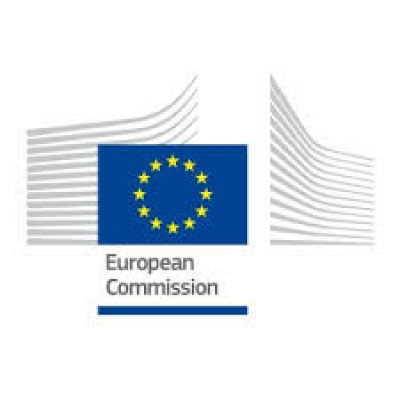Share
Print

Jun 11, 2024 5:53:43 PM
Submitted proposals per topic:
DIGITAL-2024-CLOUD-DATA-06-HEALTHCARE-AI: 8
TOPIC ID: DIGITAL-2024-CLOUD-DATA-06-HEALTHCARE-AI
Type of grant: Call for proposals
General information
Programme: Digital Europe Programme (DIGITAL)
Call: Cloud, data and artificial intelligence (DIGITAL-2024-CLOUD-DATA-06)
Type of action: DIGITAL-CSA DIGITAL Coordination and Support Actions
Type of MGA: DIGITAL Action Grant Budget-Based [DIGITAL-AG]
Status: Forthcoming
Deadline model: single-stage
Planned Opening Date: 29 February 2024
Deadline dates: 29 May 2024 17:00 (Brussels time)
Topic description
ExpectedOutcome:
Deliverables
Objective:
Objective
Healthcare demands continue to increase due to factors like population growth, aging populations, and the prevalence of chronic diseases. Healthcare technologies can help meet these demands by, among others, increasing effectiveness of treatment and diagnostic solutions and efficiency of health systems. The deployment of new medical digital technologies and artificial intelligence (AI) powered solutions for healthcare purposes requires access to real world health data. The amount of data available to drive the development of AI should be as large as possible to limit the introduction of biases that could undermine the effectiveness and safety of healthcare AI solutions or increase inequalities in access to care.
The European Health Data Space (EHDS) establishes a common framework for the reuse of health data. It aims to facilitate and streamline access to EU-wide real-world health data for specific purposes such as the development, testing, deployment and uptake of products or services contributing to public health or the training, testing and evaluation of algorithms, including in medical devices, AI systems and digital health applications. The proposal for a Regulation on the EHDS provides for Health Data Access Bodies (HDABs) in each country as trusted anchors to support and supervise the reuse of health data.
As part of the wider AI ecosystem in health, such as Testing and Experimentation Facilities (TEFs) for AI and European Digital Innovation Hubs (EDIHs), this action aims to strengthen the role and capabilities of HDABs in streamlining the testing and deployment pathways for healthcare AI solutions.
The aim of this action is also to reduce time-to-market and foster the development of new AI-based healthcare products and services that significantly improve patient safety and wellbeing, while preserving privacy and security. This action is not only relevant to the implementation of the EHDS, but also to the implementation of the Artificial Intelligence Act (AIA), which establishes an overarching framework for trustworthy AI, including in healthcare (e.g. medical devices).
Scope:
Scope
The action comprises the following:
Conditions
1.Admissibility conditions: described in section 5 of the call document
Proposal page limits and layout:described in Part B of the Application Form available in the Submission System
2. Eligible countries:described in section 6 of of the call document
3. Other eligibility conditions:described in section 6 of the call document
4. Financial and operational capacity and exclusion:described insection 7 of the call document
5.Evaluation and award:
6. Legal and financial set-up of the grants:describedin section 10 of the call document
Start submission
The submission system is planned to be opened on the date stated on the topic header.
Get support
For help related to thiscall, please contact:HERE
Funding & Tenders Portal FAQ– Submission of proposals.
IT Helpdesk– Contact the IT helpdesk for questions such as forgotten passwords, access rights and roles, technical aspects of submission of proposals, etc.
Online Manual– Step-by-step online guide through the Portal processes from proposal preparation and submission to reporting on your on-going project. Valid for all 2021-2027 programmes.
